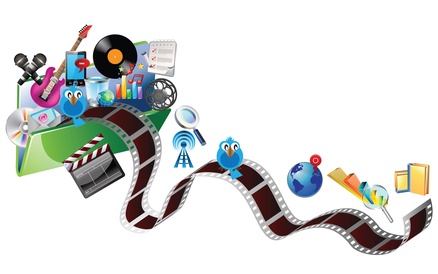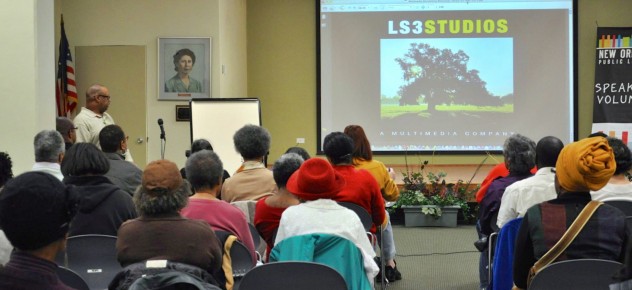Learning in the classroom today is no longer just reading textbooks. Teaching methods now may include educational video production.
With educational video production, teachers can engage and interest students who might not have paid much attention to a subject.
An educational video can be fun, serious, entertaining, or straightforward in what it tries to convey. It depends on how the video is written (our storytelling techniques are unique) and for which audience or age group it is geared.
Any element of a school curriculum can be incorporated into an educational video production without making the topic seem dry or dull. The opposite is true! Students often view educational videos as exciting, visually satisfying, intelligent, and on their level of understanding of the subject.

An Educational Video Production Can Be Quite Stimulating
With graphics, music, narration, actors, and interactive formats, educational video production can be pretty stimulating and a great learning tool to use in the classroom. These multimedia educational videos can also be placed on a website for students to view at leisure. Online video production will highlight the most critical elements of the lesson. Viewers can easily pause to take notes or replay sections to review. Online video production can be designed to one’s specifications just as an in-class video can be; only the viewing atmosphere will be different.
Educational video productions are not limited to teachers or school systems. Corporations often need videos to be produced for business seminars. Multimedia videos are often used for trade shows, sales presentations, training, and interviews. Videos that instruct are often used commercially. Take, for example, an exercise instruction video.
Educational video production can be a helpful teaching method in various settings. Video is a visual medium that can be used to demonstrate concepts and processes and illustrate real-world examples. It can be a particularly effective tool for engaging learners who prefer visual and multimedia content. Educational videos can be used in various settings, including classrooms, online courses, and corporate training programs.
There are many educational videos, including lectures, demonstrations, explainers, and animated videos. These can supplement traditional teaching methods or as a standalone resource for learners. Educational videos can be a helpful way to make content more accessible and engaging for students. They can also be valuable tools for reinforcing learning and promoting the retention of information.
Equipment You Need to Create an Educational Video Production
The type of equipment you need to create an educational video production will depend on the scope and scale of your project, as well as your budget and available resources. Here are some of the critical pieces of equipment that you may need:
Camera: You will need a camera to capture the video footage. This can be a smartphone, a digital SLR, or a dedicated video camera.
Microphone: A good-quality microphone is essential for recording clear audio. You may need a separate microphone if you use a smartphone or a camera without a built-in microphone.
Lighting: Proper lighting is essential for creating high-quality videos. You may need to invest in additional lighting equipment, such as softbox lights or LED panels.
Tripod: A tripod will help to keep your camera steady and prevent shaky footage.
Editing software: You will need a video editing software program to edit your footage and add effects, music, and other elements.
Background: Depending on the type of video you are creating, you may need to set up a suitable location. This could be a simple backdrop or a more elaborate set.
You may also need other equipment, such as props or special effects, depending on the specific needs of your project.
Here Are Seven Ways to Use Educational Videos
Seven Ways to Use Educational Videos:
Introducing new concepts: Use videos to provide an overview of a new topic or subject matter.
Demonstrating processes or techniques: Use videos to show learners how to perform a task or process.
Illustrating real-world examples: Use videos to bring abstract concepts to life by showing concrete examples of how they are used in the real world.
Providing visual aids: Use videos to supplement written or verbal explanations, providing visual aids that help to clarify complex ideas.
Engaging learners: Use videos to add an element of excitement and engagement to your lessons.
Reinforcing learning: Use videos as a review tool, allowing learners to revisit key concepts and ideas.
Providing accessibility: Use videos to make your content more accessible to learners with different learning styles or those with difficulties with traditional teaching methods.
LS3 Studios Offer These Services

When investigating educational video production companies, look for a company that can offer a pre-production package to research the project, come up with creative input and story development, including a storyboard, have a location for your video, and cast the video. You will also want an in-house studio, professional lighting, sound, and editing. For multimedia videos, you may look for 3D graphics and animation and some audio mixing capabilities. LS3 Studios offers these services and much more!
Ultimately, you will have an educational, mastered DVD made to your specifications. It may be web-streaming-capable and be available for Internet viewing. The primary purpose of this type of video is to educate your audience, whether they are nine or ninety years old. If your educational video production is visually stimulating, compelling in its story, and effortlessly gets your message across, the job has been done correctly.
If this is what you need for your next production, give us a call.
note: (As an Amazon Associate I earn from qualifying purchases)
Save

